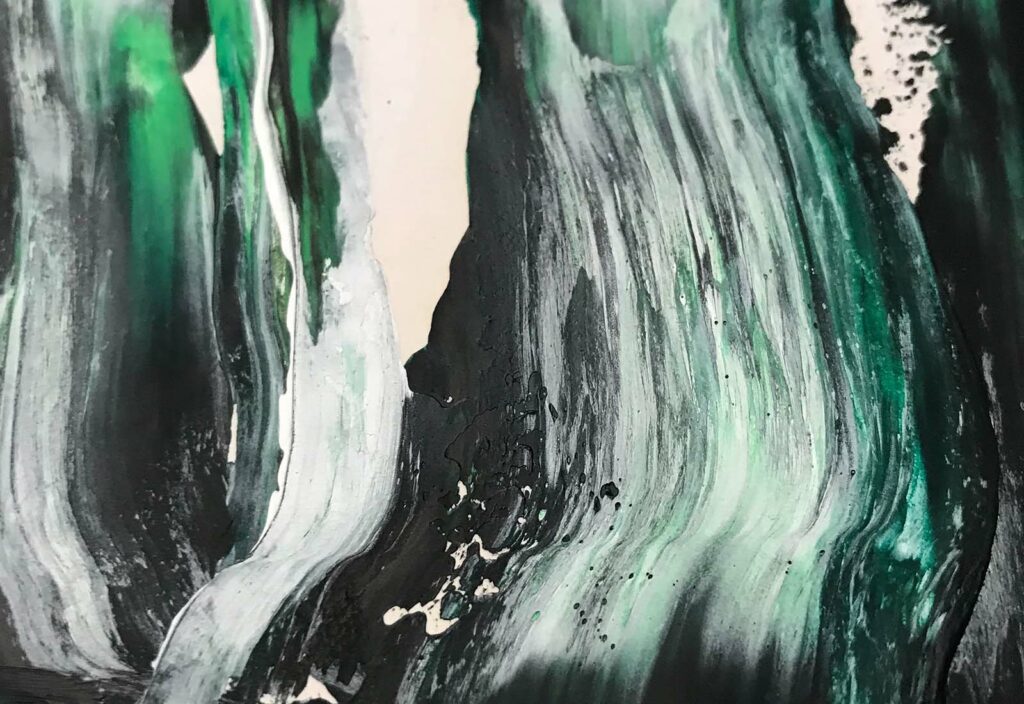
THE PUNCH RESOURCES
The Intersection of Art and Sustainability
Bali, Indonesia – November 8, 2023
Sustainability has become an integral part of our daily lives, manifesting in our commitment to environmental stewardship, our pursuit of well-balanced economic progress, and our unwavering dedication to enhancing societal welfare in various domains.
Art, in its diverse forms, has a unique power—an ability to ignite change, evoke emotions, and raise awareness. It transcends boundaries and speaks to the soul, allowing individuals to connect with issues on a profound level. Creative expression serves as a universal language through which sustainability finds its voice, transcending geographical and cultural boundaries. In recent years, art has emerged as a potent catalyst for promoting sustainability, driving environmental awareness, and inspiring individuals to take action.
Sustainable art encourages us to envision a more environmentally friendly future with reduced waste and increased opportunities for sustainability.
How does sustainable art encourage us to envision a more environmentally friendly future?
By working in harmony with the natural world and demonstrating the potential of renewable energy sources, sustainable art encourages us to envision a more environmentally friendly future with reduced waste and increased opportunities for sustainability.
Conceptual Art
Conceptual art is a versatile and thought-provoking form of sustainable art. Artists in this genre tackle environmental and social issues by creating works across various mediums, from sculpture to fashion and photography. These displays, often strikingly beautiful on the surface, are designed to provoke viewers, prompting them to contemplate their actions and impact on the planet.
Ecological Art
Ecological art goes beyond conceptualism, advocating for practical solutions through the artwork itself. Artists in this category focus on functionality and functionality, addressing issues like civic responsibility, social injustices, and global ethics. They take art beyond visual expression, serving as advocates for real change.
Land Art
Land art embodies harmony with the natural world, as artists create works deeply embedded in the landscape. They utilize resources readily available in the environment, often without introducing external materials. British artist Andy Goldsworthy is a notable figure in this genre, known for site-specific sculptures that use local materials. These temporary creations, captured through photography, emphasize the impermanence of art and its return to nature.
Renewable Energy Art
Renewable energy art integrates social action, as artists design sculptures that harness wind, solar, and other sustainable energy sources. These works bring renewable energy to communities while illustrating its positive impact on local spaces. Artists like Elena Paroucheva create wind sculptures that are not only artistic but also serve as renewable energy generators. The flexibility of these sculptures allows them to be adapted to specific sites, offering potential solutions to energy consumption challenges in urban and residential areas.
Upcycled Art
Upcycled art breathes new life into discarded, unwanted, or broken materials. Artists in this category transform what others might see as unusable items into art, highlighting the issues surrounding waste while showcasing the potential longevity of everyday objects. Aurora Robson and Thomas Deininger are notable upcycled artists who create large-scale sculptural assemblages from plastic waste. Their works encourage viewers to reconsider their perception of value and beauty while turning trash into treasure.

Many artists repurpose discarded materials to create their artworks, emphasizing the importance of recycling and reducing waste. Recycled art not only reduces the environmental impact but also serves as a powerful statement about the potential for transformation.
EXPLORE THE PUNCH

